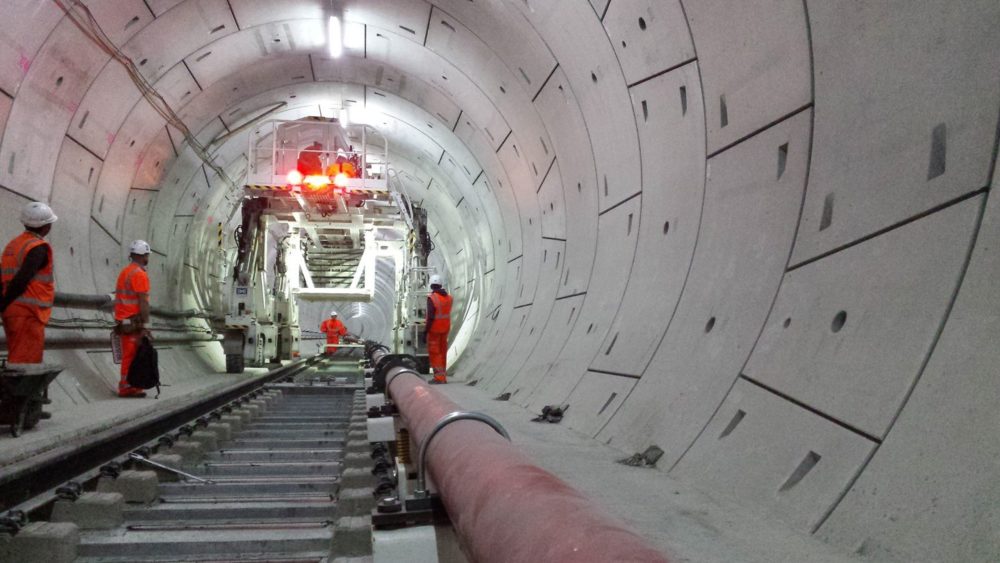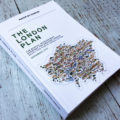Oh what a shame. Just when we thought the UK had turned a corner in delivering major infrastructure projects on time and on budget, we had the announcement on Crossrail this week. It will be delayed until 2020. New leadership is being brought in and TFL is being careful around making new commitments around its delivery.
It had all been so positive. We were told the UK had turned a corner in the delivery of such large projects after the Olympics. The Mayor had even invested in a Tunnelling school in Illford to create a centre of excellence to future proof new projects.
Everything was still on track – so to speak – at the start of the year. The Mayor in the Assembly was placing emphasis on an operational Crossrail meeting some of the unexpected shortfall in TFL revenues.
Rumours of problems had begun to circulate last year after an electrical fire occurred at Pudding Mill Lane following the energisation of the eastern sections of the line. At the time, the significance of such an incident was unclear but bosses were warning this could lead to prolonged delays for line testing. Further issues begun to emerge around wider signalling coordination at the eastern and western ends which feed into already operational networks.
Unfortunately, it appears the complexity of this coordination was not baked in to the costs and timescales. Another layer of problems began to emerge with actual station delivery. Several are behind schedule with Bond Street being the most significant and most problematic.
The result of the delays has been a new Government loan and a change of management at the top of the Crossrail team. The injection of cash, another £2 billion, should be enough to get the project over the line. However, it leaves serious questions about the delivery and where London goes from here.
There is a wider problem combined with this. Passenger numbers on the network are falling. This has already caused a hole in TFL’s operational budget of £1 bn. Crossrail was meant to assist TFL getting out of this deficit.
No one knows why this is happening for sure. Are people staying at home more to take advantage of home media? Is flexible working coming into play more and more or are people less comfortable with public transport due to safety. Whatever the reason, it puts into question the forecasting which is so crucial to the financial sustainability of the network and makes policy decisions by the Mayor and the TFL senior management team more complex.
From an infrastructure perspective, the general situation is worrying. After Crossrail comes Crossrail 2 and there are fears this is in jeopardy if TFL is unable to meet its commitment to cover at least 50% of the cost. Beyond this, there are a wave of other projects piling up, all critical to the network. The Government is increasingly unwilling to step in and after the Crossrail experience, for good reason.
So the real question is, what can London do to help self-finance the future? The Northern Line extension into Battersea is surely an interesting example. Here, a Tax Incremental Financing model was used to deliver some of the infrastructure costs. Furthermore, can the community infrastructure levy be used more strategically to bring forward more revenue working in partnership with developers in areas earmarked for Crossrail 2. Finally, there is a more strategic conversation about business rates – London is a big generator. How they are retained at a city-wide level is perhaps a solution which now needs to gain more weight.
Finally, leadership from here is also critical. How the Mayor and the GLA work alongside TFL to deliver Crossrail over the next 12 – 18 months will be important. Not least to show Londoners that in the shadow of Brexit, the Brits are still capable of achieving great things.









